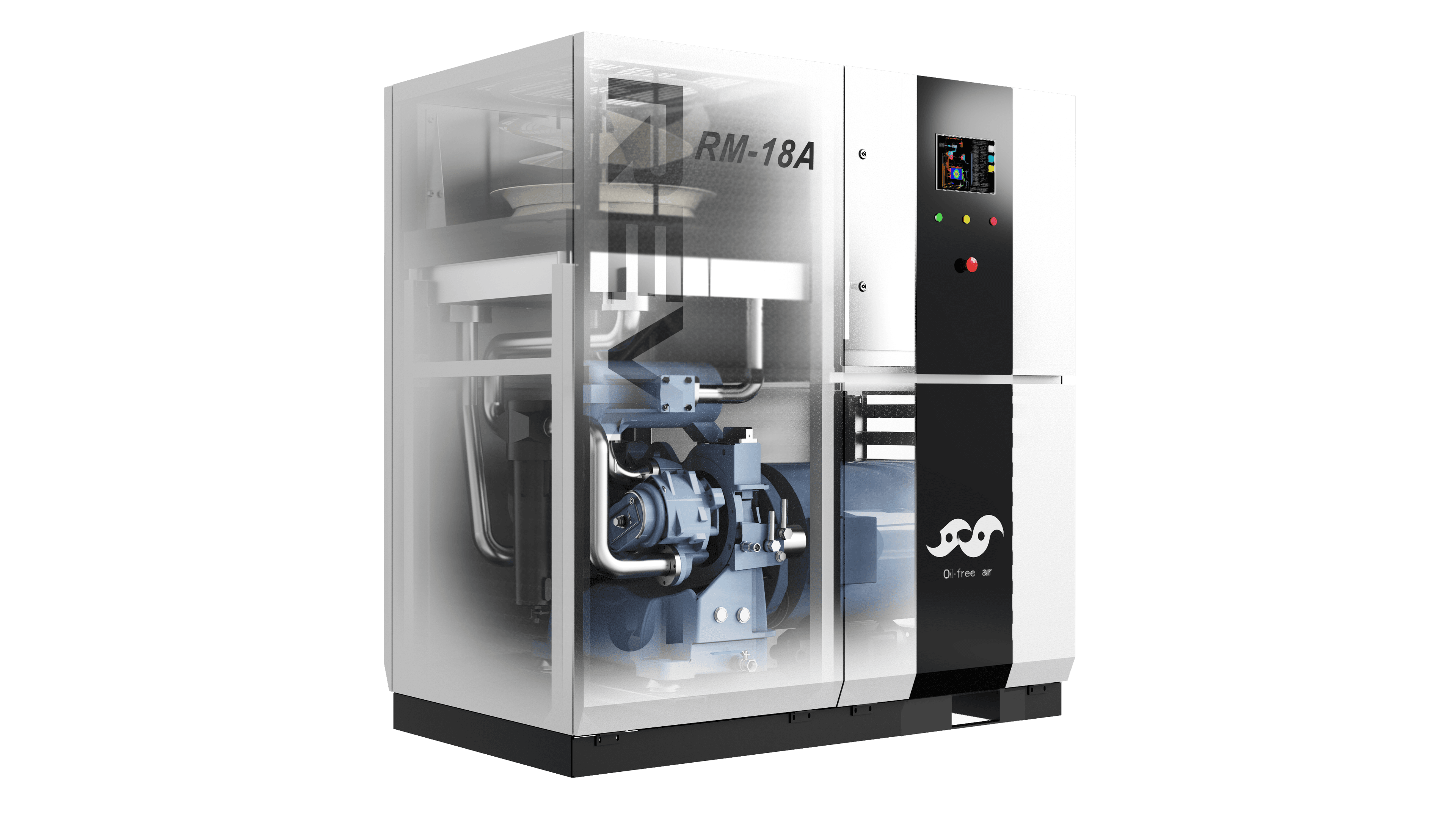As industries increasingly prioritize product integrity, environmental sustainability, and operational efficiency, oil-free compression technology stands at the forefront of industrial innovation. The global oil-free air compressor market is projected to grow from $14.67 billion in 2024 to $15.47 billion in 2025, reflecting the critical role these systems play across pharmaceutical, food processing, electronics, and medical sectors. This comprehensive guide explores the most significant emerging innovations reshaping oil-free compression technology while providing actionable insights for industrial buyers navigating this evolving landscape.
The Evolution of Oil-Free Compression Technology
Oil-free compression has undergone remarkable transformation since its inception, driven by stringent regulatory requirements and advancing material science. Traditional oil-lubricated compressors introduced contamination risks that proved unacceptable for sensitive applications, creating demand for alternatives that could deliver clean, reliable compressed air without lubricant-derived impurities.
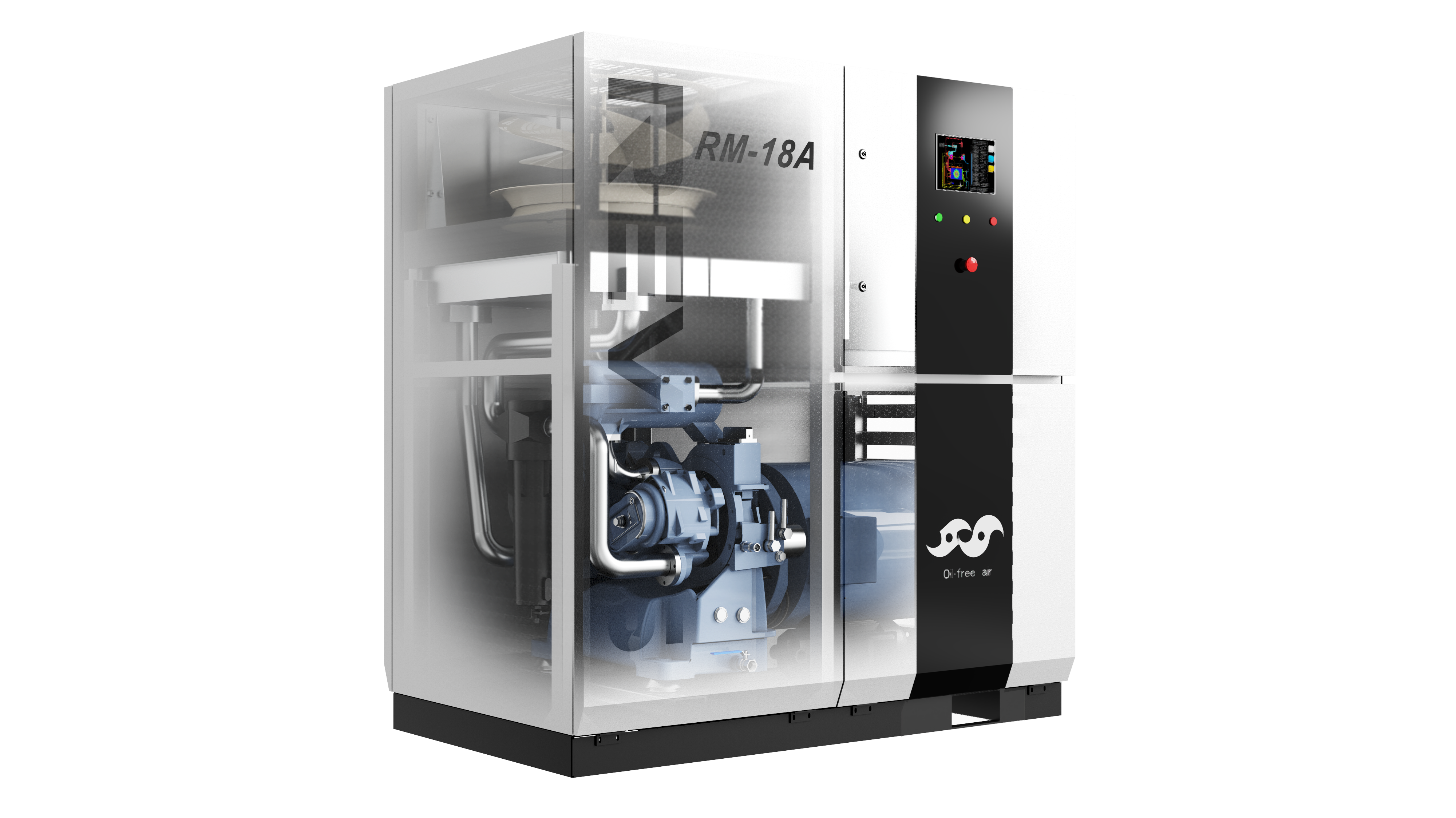
Today's oil-free compressors represent decades of engineering refinement, with three dominant technologies emerging as industry standards: scroll type, screw, and rotary tooth compression mechanisms. Each technology has evolved to address specific application requirements, while recent innovations are blurring traditional performance boundaries and expanding operational possibilities.
The pharmaceutical industry exemplifies the critical importance of oil-free technology, where compressed air comes into direct contact with medications and medical devices throughout production processes. From raw material fermentation to sterile packaging, even microscopic oil contaminants can compromise product safety and regulatory compliance. This demanding environment has served as a catalyst for technological advancement, driving the development of ISO 8573-1 Class O certified systems that guarantee absolute oil freedom.
Key Emerging Technologies Reshaping the Industry
IoT and AI-Enabled Smart Monitoring Systems
The integration of Internet of Things (IoT) technology and artificial intelligence (AI) represents the most transformative trend in oil-free compression systems. Modern compressors now feature embedded sensor networks that continuously monitor performance metrics including temperature differentials, vibration patterns, pressure fluctuations, and energy consumption. These smart systems transmit real-time data to cloud-based analytics platforms, enabling predictive maintenance and performance optimization.
AI-powered algorithms analyze operational data to identify early warning signs of potential issues before they result in unplanned downtime. For example, abnormal vibration patterns can indicate bearing wear, while temperature variations may signal cooling system inefficiencies. By addressing these issues proactively, industrial operators report up to 30% reduction in maintenance costs and 40% decrease in unexpected failures.
Leading manufacturers have developed proprietary monitoring platforms that provide actionable insights through intuitive dashboards. These systems not only enhance reliability but also optimize energy usage by adjusting compression cycles based on real-time demand, resulting in average energy savings of 15-20% compared to conventional fixed-speed systems.
Advanced Material Science and Engineering
Material innovation has been instrumental in overcoming traditional limitations of oil-free compression. High-performance composites and specialized coatings have significantly extended component lifespans while maintaining strict contamination control standards.
Ceramic materials now play a critical role in bearing systems, offering superior heat resistance and wear properties compared to traditional metal alloys. These advanced ceramics operate efficiently without lubrication, reducing friction and extending maintenance intervals. Similarly, carbon fiber reinforced polymers are finding applications in rotor design, reducing weight while maintaining structural integrity under extreme operating conditions.
Water-lubricated bearing technology represents another significant advancement, particularly useful in screw compressor designs. This innovation addresses historical challenges with friction and heat generation in oil-free systems, improving efficiency and reliability in high-capacity applications. Manufacturers implementing water-lubricated technology report up to 25% improvement in mechanical efficiency compared to air-lubricated alternatives.
Magnetic Levitation Technology
Magnetic bearing systems are revolutionizing oil-free compression by eliminating physical contact between moving parts entirely. These advanced systems use electromagnetic forces to suspend rotors, creating frictionless operation with virtually unlimited lifespan potential.
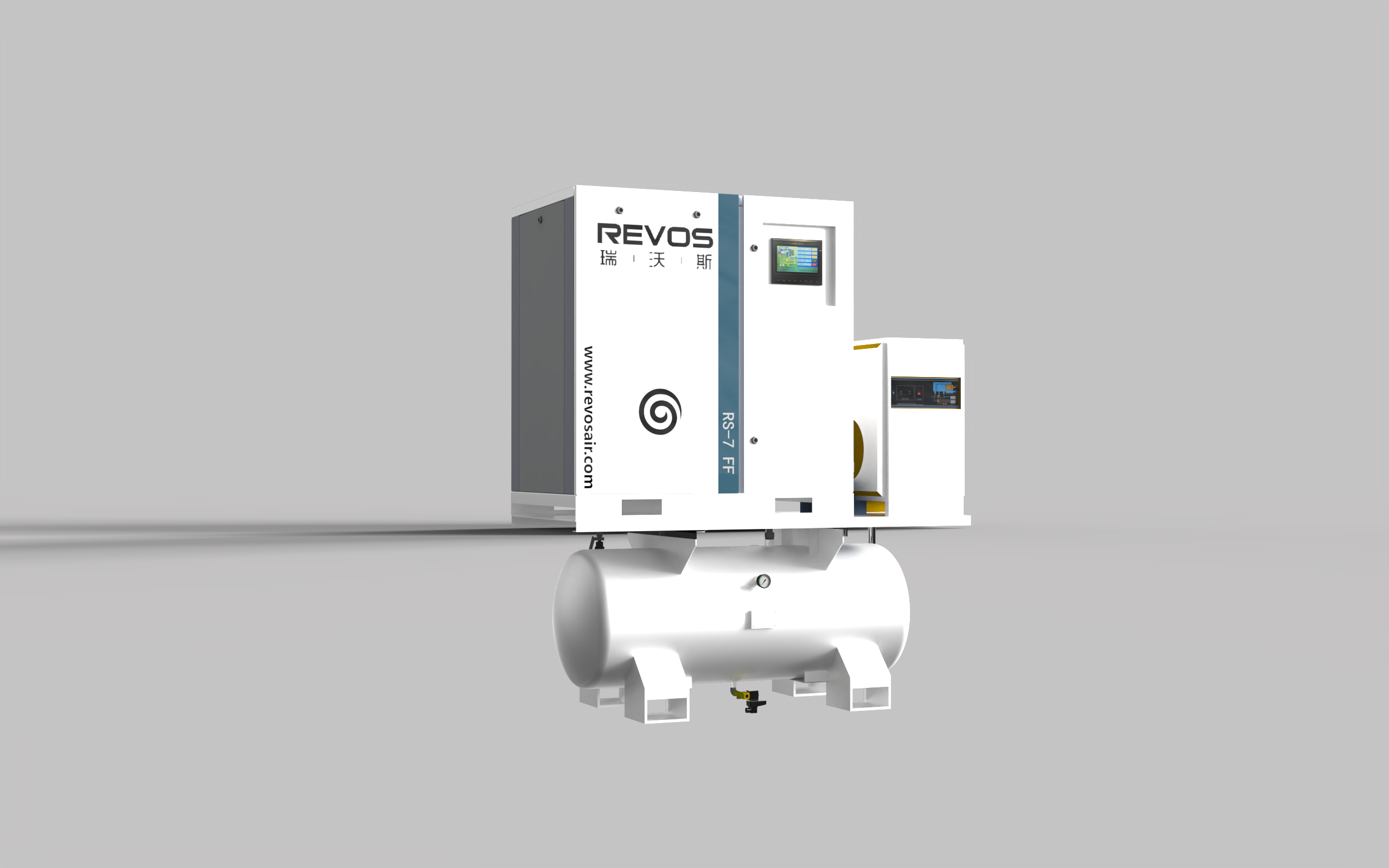
Magnetic levitation technology offers several compelling advantages: elimination of lubrication requirements, significantly reduced vibration and noise levels (typically 10-15 dB lower than conventional systems), and maintenance intervals extended by years rather than months. While initial implementation costs remain higher than traditional bearing systems, the total cost of ownership often proves lower over extended operational lifespans, particularly in continuous-duty applications.
Leading manufacturers have begun integrating magnetic levitation technology into centrifugal compressors for large-scale industrial applications, delivering exceptional efficiency across variable load profiles. These systems are particularly well-suited for pharmaceutical production facilities and semiconductor manufacturing, where reliability and contamination control are paramount.
Comparative Analysis of Compression Mechanisms
Scroll Type Air Compressors
Scroll type air compressors have gained widespread adoption in applications requiring consistent pressure delivery and low noise operation. The technology utilizes two interleaving spiral elements—one stationary and one orbiting—to compress air without metal-to-metal contact, inherently reducing noise levels to 60-75 dBA and making scroll compressors ideal for laboratory environments and medical facilities.
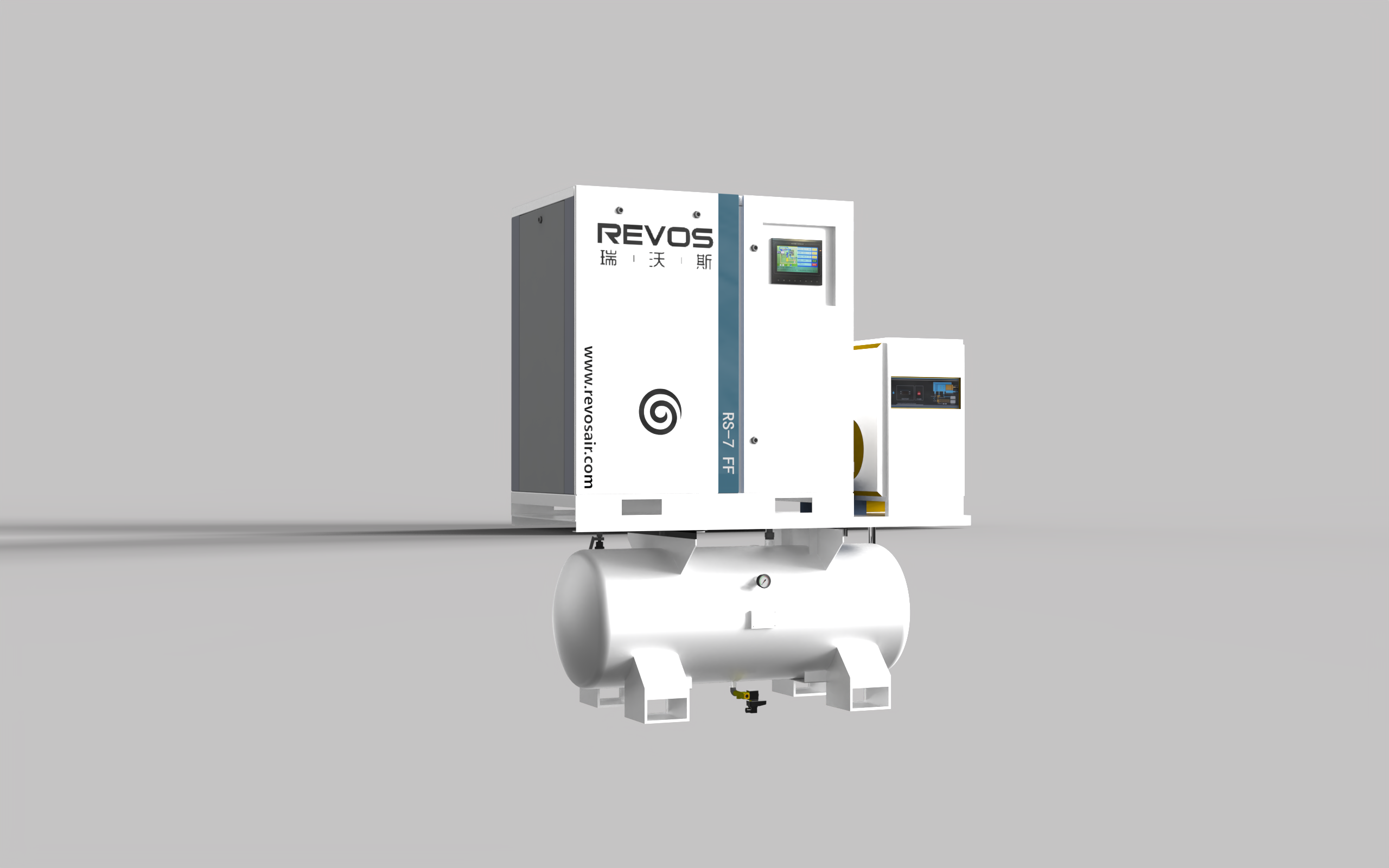
Recent innovations in scroll compressor technology have focused on improving energy efficiency and capacity range. Variable speed drive (VSD) implementations allow these compressors to match output precisely to demand, significantly reducing energy consumption during partial load conditions. Advanced scroll profiling has also expanded the operational envelope, with modern systems achieving pressures up to 150 psi while maintaining Class O oil-free certification.
The compact footprint of scroll compressors makes them particularly valuable in space-constrained installations. Their modular design allows for easy capacity expansion by combining multiple units, providing a scalable solution that can grow with facility needs. Maintenance requirements remain minimal due to the reduced number of moving parts, with typical service intervals ranging from 8,000 to 10,000 operating hours.
Screw Compressor Technology
Screw compressor technology continues to dominate high-capacity oil-free applications, offering exceptional reliability and efficiency in continuous-duty operations. The technology employs two intermeshing rotors to compress air, with recent design innovations focusing on optimizing rotor profiles for improved airflow and reduced energy consumption.
The development of asymmetric rotor technology represents a significant advancement in screw compressor design. These precision-engineered rotors minimize internal leakage and turbulence, increasing adiabatic efficiency by 3-5% compared to conventional designs. When combined with variable frequency drives, these compressors deliver exceptional part-load efficiency, making them suitable for applications with fluctuating demand profiles.
Water-injected screw compressors have emerged as a viable alternative to traditional oil-lubricated models in medium to large capacity requirements. This technology uses filtered water to seal compression chambers and cool the air, eliminating the risk of oil contamination while maintaining the efficiency advantages of screw compression. Modern water-injected systems achieve ISO 8573-1 Class 0 certification with specific power consumption as low as 5.5 kW/(m³/min) at full load.
Rotary Tooth Compression Mechanism
Rotary tooth compression mechanism represents an innovative approach to oil-free air generation, combining the best attributes of scroll and screw designs. This mechanism utilizes precision-machined rotary teeth that interlock without physical contact, creating compression chambers that decrease in volume as the rotors turn.
The unique geometry of rotary tooth compressors allows for multiple compression stages within a compact footprint, achieving higher pressure ratios than comparable scroll designs while maintaining lower noise levels than screw compressors. This balance of performance characteristics makes rotary tooth technology particularly well-suited for pharmaceutical and electronics manufacturing applications, where both air quality and operational efficiency are critical.
Recent advancements in rotary tooth design have focused on materials science and manufacturing precision. Computer numerical control (CNC) machining techniques now enable production of rotor profiles with micron-level accuracy, reducing internal leakage and improving compression efficiency. High-strength polymer composites are increasingly used for rotor construction, reducing weight and inertia while maintaining dimensional stability under varying temperature conditions.
Application-Specific Considerations and Selection Criteria
Pharmaceutical and Medical Applications
The pharmaceutical industry imposes the most stringent requirements on oil-free compression systems, with direct implications for patient safety and regulatory compliance. Compressed air in these applications often comes into direct contact with medications, medical devices, and packaging materials, necessitating Class O certification per ISO 8573-1 standards.
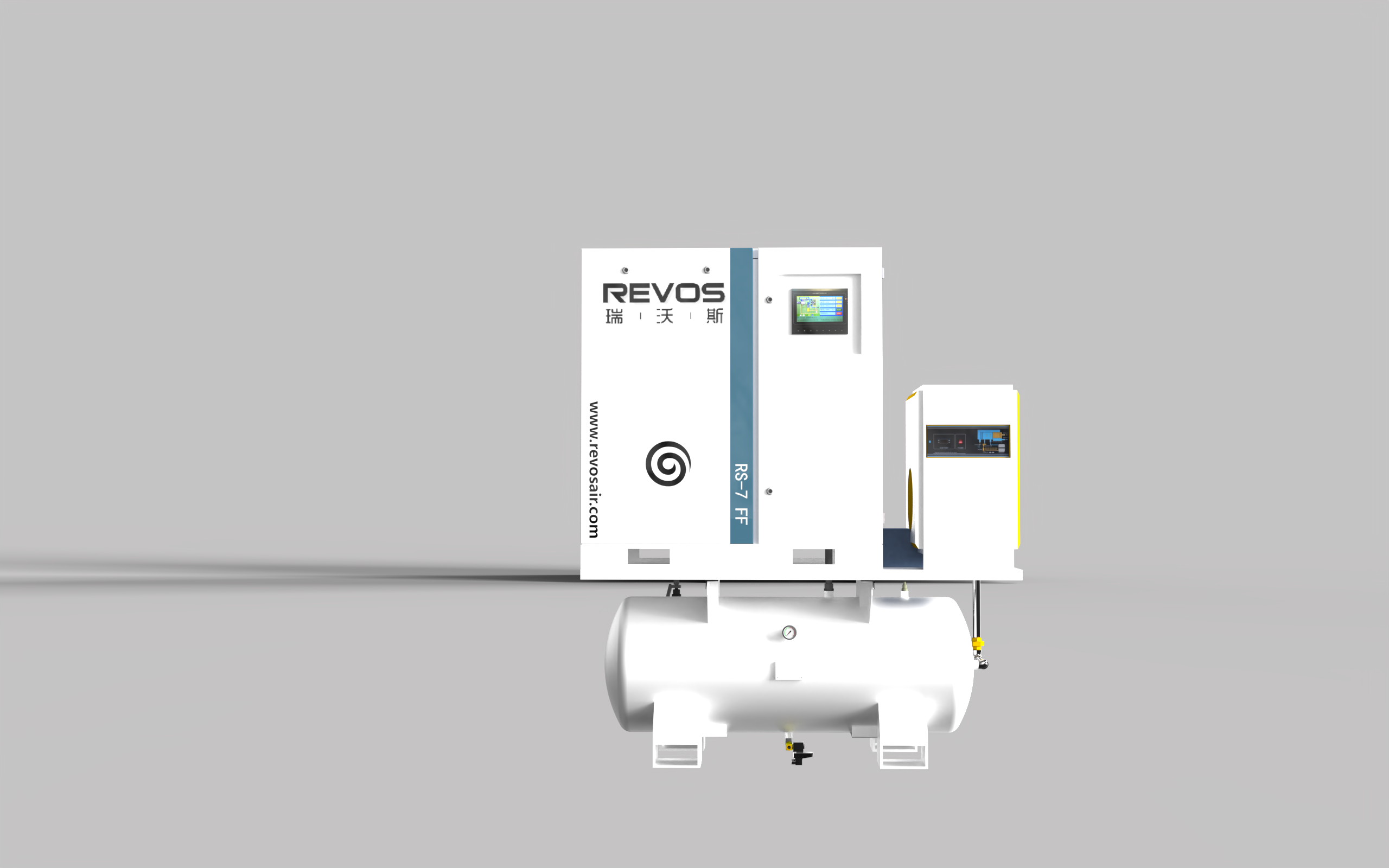
When selecting compressors for pharmaceutical production, several critical factors must be considered beyond basic air quality:
- Contamination Control: Systems must incorporate multi-stage filtration with efficiencies up to 99.999% to remove particulate matter, water vapor, and microorganisms.
- Sanitary Design: Compressor components should feature smooth surfaces, stainless steel construction, and minimal crevices to prevent microbial growth and facilitate cleaning.
- Documentation: Comprehensive validation documentation and traceability are essential to meet regulatory requirements from agencies such as the FDA and EMA.
- Redundancy: Critical production processes often require N+1 redundancy configurations to ensure continuous operation during maintenance or unexpected failures.
Modular scroll compressor systems have gained popularity in pharmaceutical applications due to their inherent oil-free design and ability to match variable demand profiles. For larger facilities with consistent air requirements, water-injected screw compressors offer greater energy efficiency and lower lifecycle costs.
Food and Beverage Processing
Oil-free compression plays a vital role in food and beverage production, where compressed air is used for processes ranging from pneumatic conveying of ingredients to packaging and bottling operations. The industry faces strict regulatory requirements regarding product safety and quality, making oil contamination control a primary concern.
Key considerations for food and beverage applications include:
- Air Quality Standards: Compliance with ISO 8573-1 Class 1 or better for particulate and water, with Class 0 oil certification.
- Energy Efficiency: Compressors represent significant energy consumers in food processing facilities, making efficiency a major cost factor.
- Reliability: Production downtime in food manufacturing carries substantial costs, emphasizing the importance of robust, low-maintenance compressor systems.
- Hygienic Design: Stainless steel construction and sealed components prevent contamination and facilitate washdown procedures in sanitary production areas.
Rotary tooth compression mechanism has emerged as a preferred solution for many food processing applications, offering the perfect balance of efficiency, reliability, and air quality. Their compact design allows for installation in space-constrained environments, while advanced control systems enable integration with plant-wide automation platforms.
Electronics Manufacturing
The electronics industry demands ultra-clean, dry compressed air for sensitive manufacturing processes including semiconductor fabrication, printed circuit board assembly, and precision component testing. Even minute contamination can cause product defects, making oil-free compression technology essential.
Critical requirements for electronics manufacturing include:
- Ultra-low Dew Points: Compressed air systems must achieve dew points as low as -40°C to prevent moisture-related defects during soldering and component testing.
- Particle Filtration: HEPA filtration systems with 99.999% efficiency at 0.1 microns protect sensitive electronic components from particulate contamination.
- Oil-Free Certification: Absolute oil freedom (ISO 8573-1 Class 0) is mandatory to prevent damage to delicate electronic components and ensure product reliability.
- Pressure Stability: Precision pressure control within ±0.1 psi is required for consistent performance in automated assembly processes.
Scroll type air compressors paired with advanced drying systems have become the standard for electronics manufacturing facilities. Their inherently low vibration characteristics prevent micro-cracking of sensitive components, while their oil-free design eliminates the risk of contamination. For high-purity applications, multiple stages of filtration and adsorption drying ensure air quality meets the most demanding specifications.
Implementation Challenges and Practical Solutions
Energy Efficiency Optimization
While oil-free compressors eliminate contamination risks, they historically have required higher energy input compared to oil-lubricated alternatives. This energy penalty has posed a significant challenge for operators seeking to balance regulatory compliance with sustainability goals.
Modern variable speed drive (VSD) technology has emerged as an effective solution to this challenge. By adjusting motor speed to match actual air demand, VSD compressors reduce energy consumption by 15-35% compared to fixed-speed models in applications with variable load profiles. When properly sized and configured, VSD oil-free compressors can achieve energy efficiency comparable to traditional oil-lubricated systems while maintaining Class O air quality standards.
System design optimization represents another critical factor in maximizing energy efficiency. Implementing the following strategies can significantly reduce overall energy consumption:
- Demand-Side Management: Analyzing and optimizing compressed air usage patterns throughout the facility.
- Leak Detection and Repair: Regular inspection programs to identify and fix air leaks, which can account for 20-30% of compressed air production in poorly maintained systems.
- Pressure Optimization: Setting the minimum required system pressure and implementing zone control for different production areas.
- Heat Recovery: Capturing waste heat from compressor cooling systems for space heating or process water heating applications.
Maintenance and Reliability Considerations
Oil-free compressors present unique maintenance challenges compared to their lubricated counterparts. Without the protective properties of oil, components are more susceptible to wear, corrosion, and contamination, necessitating specialized maintenance protocols.
Implementing a structured preventive maintenance program is essential for maximizing reliability and extending service life of oil-free compression systems:
- Air Filter Maintenance: Regular inspection and replacement of intake air filters prevents particulate contamination of compression components. Depending on environment, filters should be checked monthly and replaced every 3-6 months.
- Cooling System Care: Heat exchangers and cooling coils require periodic cleaning to maintain efficient operation. In dusty environments, monthly inspections are recommended.
- Condensate Management: Oil-free compressors generate significant condensate that must be properly drained and treated. Automated drain valves should be inspected quarterly to ensure proper operation.
- Alignment and Vibration Monitoring: Precision alignment of rotating components is critical in oil-free systems. Annual laser alignment checks and continuous vibration monitoring can prevent premature bearing failure.
Predictive maintenance technologies offer significant advantages for oil-free compressor systems. Vibration analysis, thermographic inspections, and oil analysis (for water-lubricated systems) can identify potential issues before they result in unplanned downtime. Many manufacturers now offer remote monitoring services that provide expert analysis of system data, recommending maintenance actions before problems escalate.
Regulatory Compliance and Certification
Navigating the complex landscape of air quality regulations and standards represents a significant challenge for operators implementing oil-free compression systems. The ISO 8573 series of standards provides a comprehensive framework for specifying compressed air quality, with ISO 8573-1:2010 establishing classification requirements for solid particles, water, and oil contamination.
Achieving and maintaining ISO 8573-1 Class 0 certification for oil contamination requires rigorous attention to system design and maintenance:
- Component Selection: All system components must be specifically designed for oil-free service, including compressors, dryers, filters, and piping materials.
- Installation Practices: Proper installation techniques prevent contamination from external sources, including thorough cleaning of piping before commissioning and implementing appropriate isolation procedures.
- Testing and Documentation: Regular air quality testing using approved methods is essential for maintaining certification. Documentation of test results, maintenance activities, and system modifications must be retained for regulatory inspections.
- Training Programs: Personnel responsible for system operation and maintenance should receive specialized training on oil-free technologies and contamination control procedures.
Beyond ISO standards, industry-specific regulations may impose additional requirements. For example, pharmaceutical manufacturers must comply with Current Good Manufacturing Practices (cGMP), which mandate detailed documentation of all processes affecting product quality, including compressed air generation and treatment.
Future Outlook and Strategic Recommendations
Emerging Trends to Monitor
The oil-free compression industry continues to evolve rapidly, driven by technological innovation and increasing regulatory requirements. Several emerging trends are poised to shape the market in the coming years:
- Digital Twin Technology: The development of virtual replicas of compression systems will enable advanced simulation, optimization, and predictive maintenance. These digital models will integrate real-time operational data to identify performance improvement opportunities and predict component degradation.
- Hydrogen Compression Capabilities: As hydrogen emerges as a key component of the global energy transition, oil-free compressors will play a critical role in hydrogen production, transportation, and utilization. Manufacturers are developing specialized oil-free systems capable of compressing hydrogen to the high pressures required for storage and transportation.
- Integration with Renewable Energy Sources: Oil-free compressors are increasingly being paired with renewable energy systems to reduce carbon footprints. Advanced control algorithms will optimize compressor operation based on variable energy availability, maximizing the use of solar, wind, and other renewable resources.
- Material Science Advancements: Continued innovation in composite materials and surface treatments will further improve efficiency and reliability of oil-free systems. Self-healing polymers and nanocoatings show promise for extending component life and reducing maintenance requirements.
Strategic Implementation Framework
When planning the implementation of oil-free compression technology, industrial buyers should consider the following strategic framework to ensure optimal results:
- Comprehensive Needs Assessment: Conduct a detailed analysis of air quality requirements, flow demands, pressure specifications, and operational patterns. This assessment should consider current needs as well as future expansion plans.
- Technology Evaluation: Compare available technologies against specific application requirements, considering factors including efficiency, reliability, maintenance requirements, and lifecycle costs. Pilot testing may be warranted for critical applications or when evaluating emerging technologies.
- System Design Optimization: Engage specialized engineering expertise to develop a complete compressed air system design that includes compression, drying, filtration, storage, and distribution components. The design should incorporate energy efficiency measures and contamination control strategies.
- Implementation Planning: Develop a detailed installation and commissioning plan that minimizes production disruption. This plan should include provisions for thorough cleaning of distribution systems and comprehensive air quality testing before putting the system into service.
- Performance Monitoring: Implement a robust monitoring program to track system performance, energy consumption, and air quality. This data should be regularly analyzed to identify optimization opportunities and ensure ongoing compliance with quality standards.
- Continuous Improvement: Establish a structured process for regularly reviewing system performance against established metrics. This should include periodic air audits, energy assessments, and technology evaluations to identify improvement opportunities.
ROI Analysis and Justification
While oil-free compression systems typically require higher initial investment than oil-lubricated alternatives, the total cost of ownership often favors oil-free technologies when all factors are considered:
- Contamination Prevention Costs: The cost of product recalls, rework, and equipment damage caused by oil contamination can be substantial, particularly in pharmaceutical and food processing applications.
- Regulatory Compliance: Non-compliance with air quality standards can result in fines, production shutdowns, and damage to brand reputation. Oil-free systems provide assurance of compliance with increasingly stringent regulations.
- Energy Efficiency: Modern oil-free compressors equipped with variable speed drives and advanced controls can achieve energy efficiency comparable to traditional oil-lubricated systems while maintaining Class O air quality standards.
By implementing a strategic approach to technology selection, system design, and operational management, industrial organizations can leverage the latest innovations in oil-free compression to enhance product quality, ensure regulatory compliance, and improve operational efficiency in an increasingly competitive marketplace.
